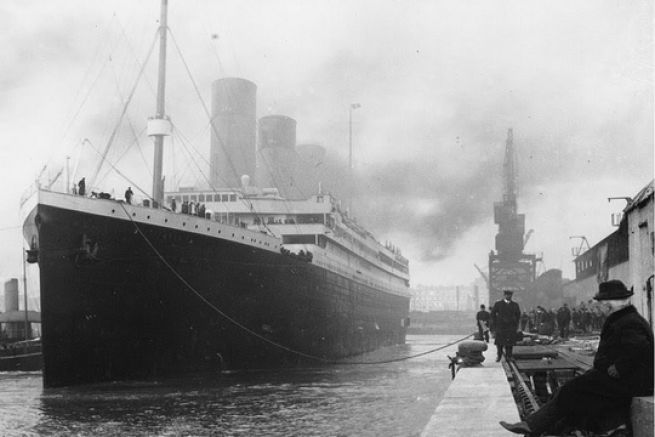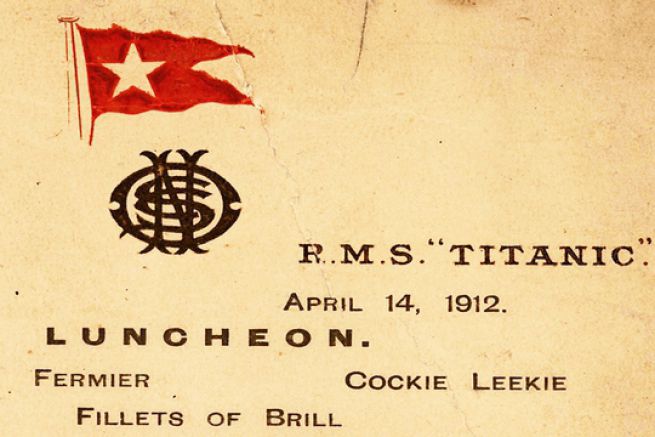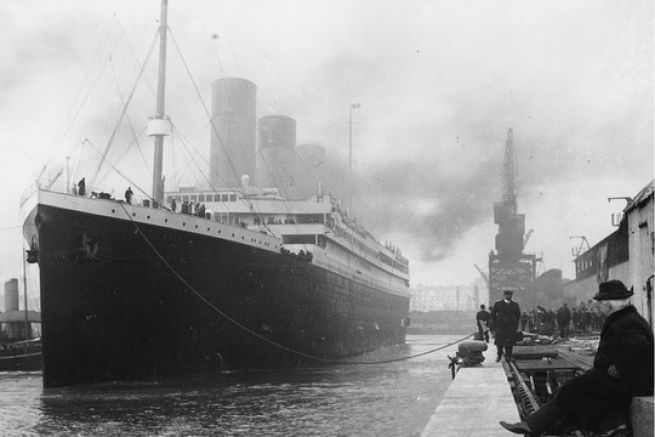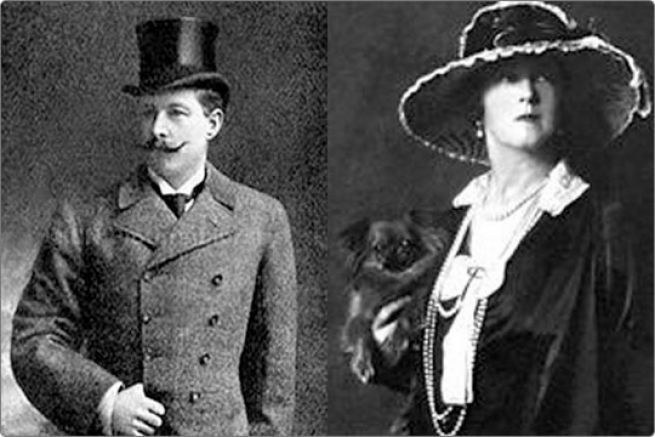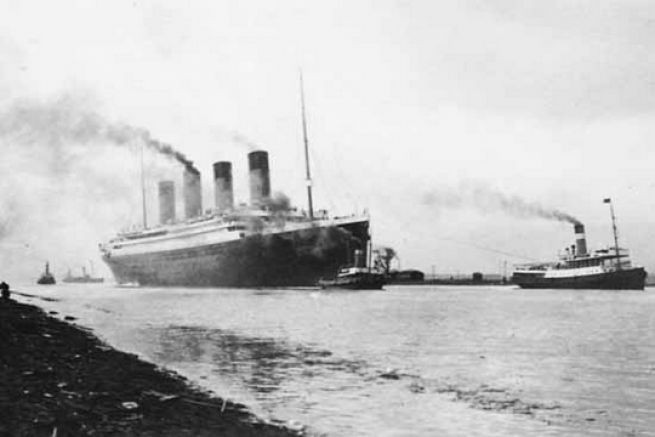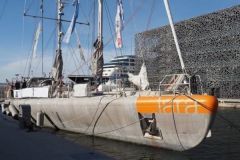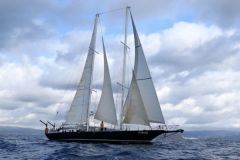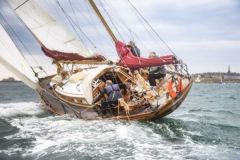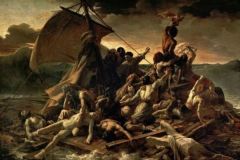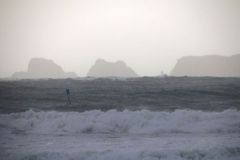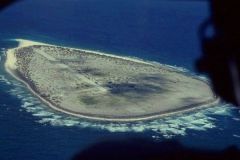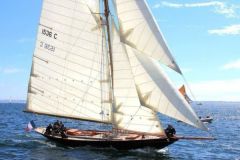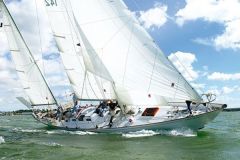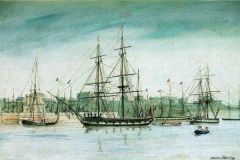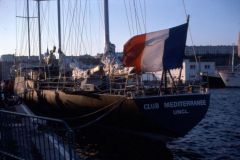Faced with competition from Cunard's faster ships, the Lusitania and Mauretania, White Star launched the Titanic and its sisterships, Olympia and Britannic. These boats were built with the intention of being larger and more luxurious than its competitors. To give its passengers the impression of being an elegant luxury hotel, the first and second class public spaces have been lavishly decorated with carved panelling, engraved glass partitions and decorated furniture.
Construction of the Titanic began in 1909 in Belfast and was completed in 1912. At the time, it was the largest and most luxurious liner ever built. Its hull is equipped with sixteen watertight compartments, used to protect the ship in the event of water ingress. That's why he was nicknamed the unsinkable.
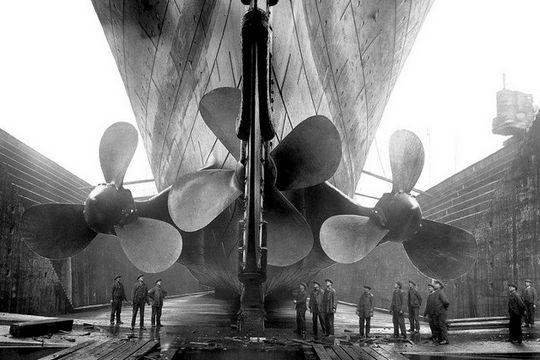
The large, sophisticated, first-class dining room on D-Deck was capable of accommodating 500 guests "The huge room was decorated in a particularly English style, developed by prominent architects of the early Jacobson period. Oak wood furniture is designed to harmonize with its environment "details the 1911 announcement of the White Star Line.
On April 11, 1912, the Titanic left Southampton for New York, passing through Cherbourg and Queenstown (now Cobh). It carries a large number of rich and wealthy American and British citizens as well as hundreds of poor European emigrants, travelling in steerage.
After three days of crossing the Atlantic, Captain Edward Smith received warnings about icebergs off Newfoundland, which he decided to ignore in inconsistency with procedure. On April 14, at 2340, lookouts on the bridge spotted an iceberg in the vessel's path. Despite manoeuvres to avoid it, the Titanic struck it, leaving a huge cut to starboard. Twenty-five minutes later, Captain Smith requested the evacuation of passengers in the lifeboats, which were unfortunately insufficient in number.
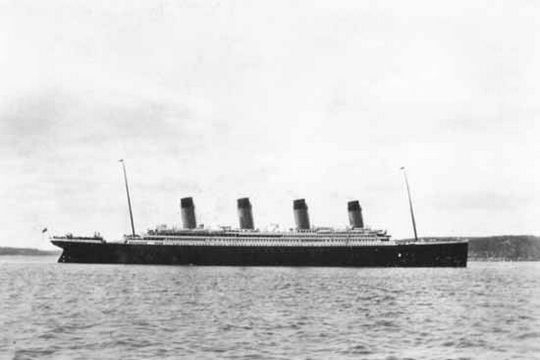
The ship sank on April 15, 1912, at 2:20 a.m., off Newfoundland. In total, between 1490 and 1520 passengers will disappear, making the sinking of the Titanic one of the greatest maritime disasters, especially at the time.
